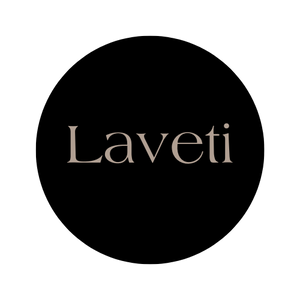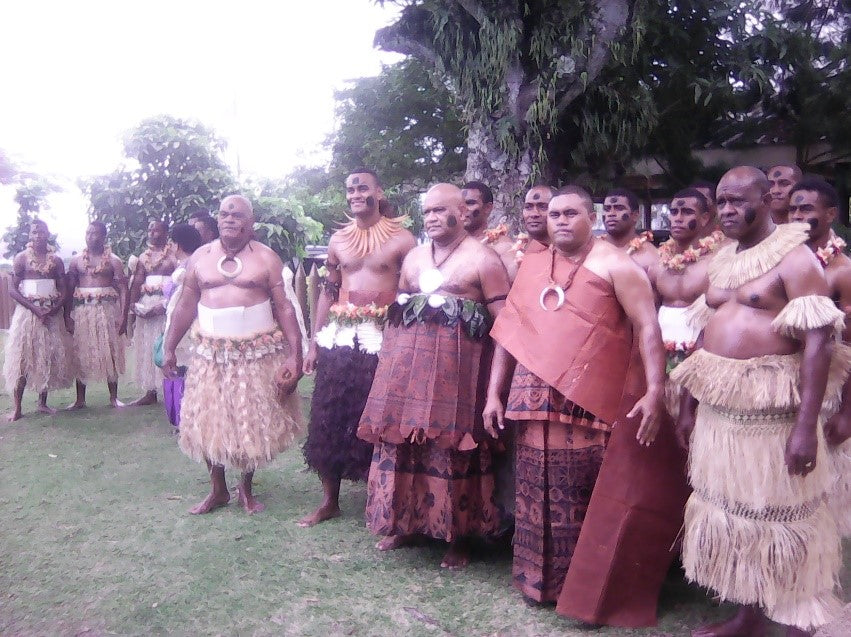Uses of Masi
Masi serves common purposes such as clothing, headwear, wedding attire, beddings, wall hangings and various ceremonial uses for births, rites of passage, weddings and deaths. In was prominent in the olden pre-western days when people either wore ‘masi’ or attire from bark of a hibiscus species called ‘vau’. A chief is referred to as masi-ni-vanua but only after he has been traditionally installed and this usually involved the tying of a masi tassel on the arm by the elders tasked with the investiture. It was believed that wrapping pure white masi around one who was demon possessed exorcised the demon out of a person for it was more than just a cloth. It was said to be the cloth of the gods! Masi is imbued with old mana and without fail, whenever one wears it, the dignified spirit of the ancestors descends on the wearer. During first presentation of a child to his maternal relatives or ‘vasu’, the masi worn by the child is removed and gifted to the maternal uncles for it was symbolical of reconnecting and strengthening the bonds of the child and his paternal kin to the maternal relatives. The same goes also when seeking forgiveness the traditional way. The offender cloaks him/herself in swathes of masi, kneels before the aggrieved party, and after long speeches are made, the masi is shed and gifted to symbolize renewal and reconnection.
Author: Seini Racule
Editor: Simione Sevudredre
Photo: Fijian elders and chiefs wearing masi kuvui at the welcome ceremony for NZ Prime Minister John Key in Suva in 2016.


